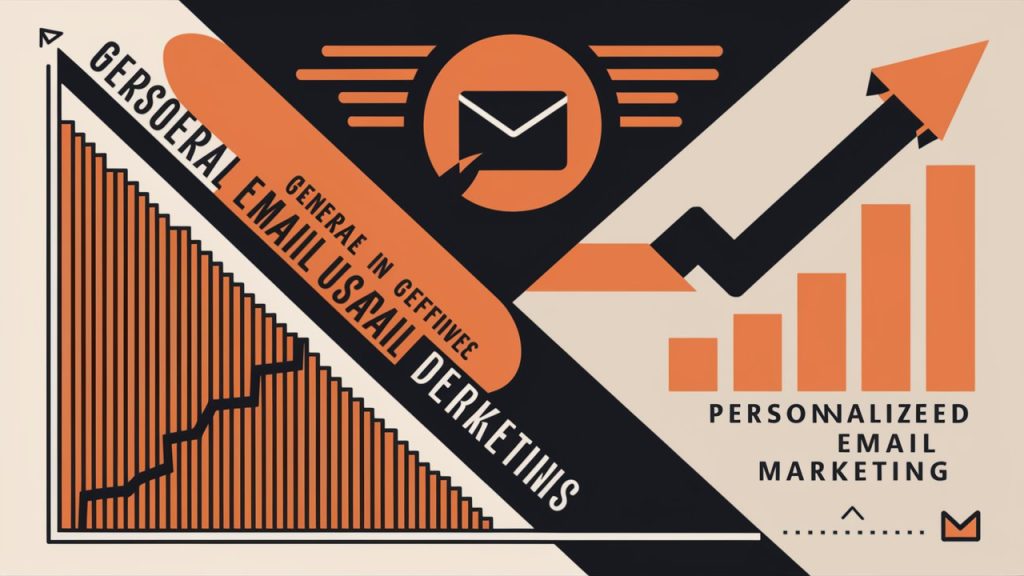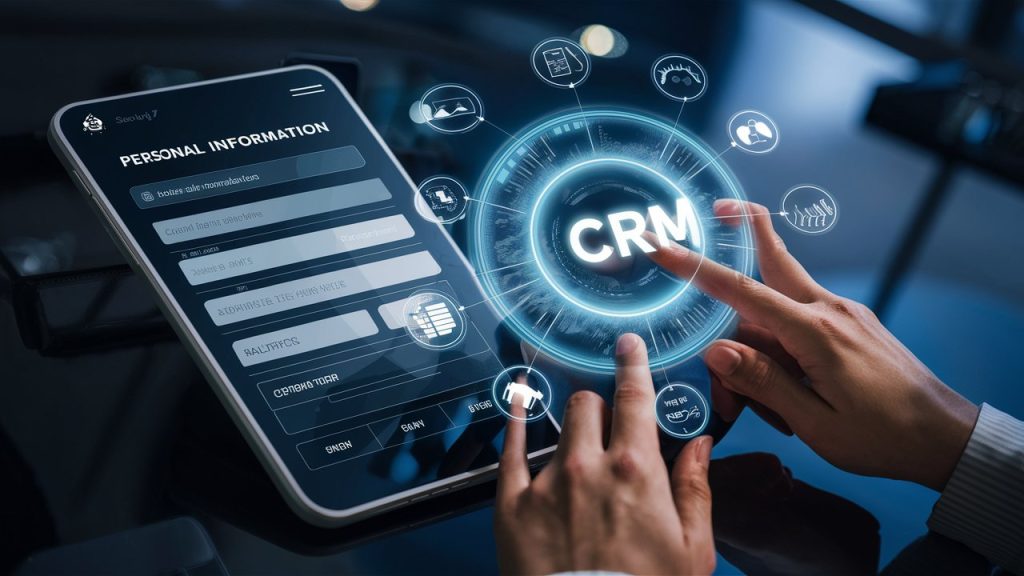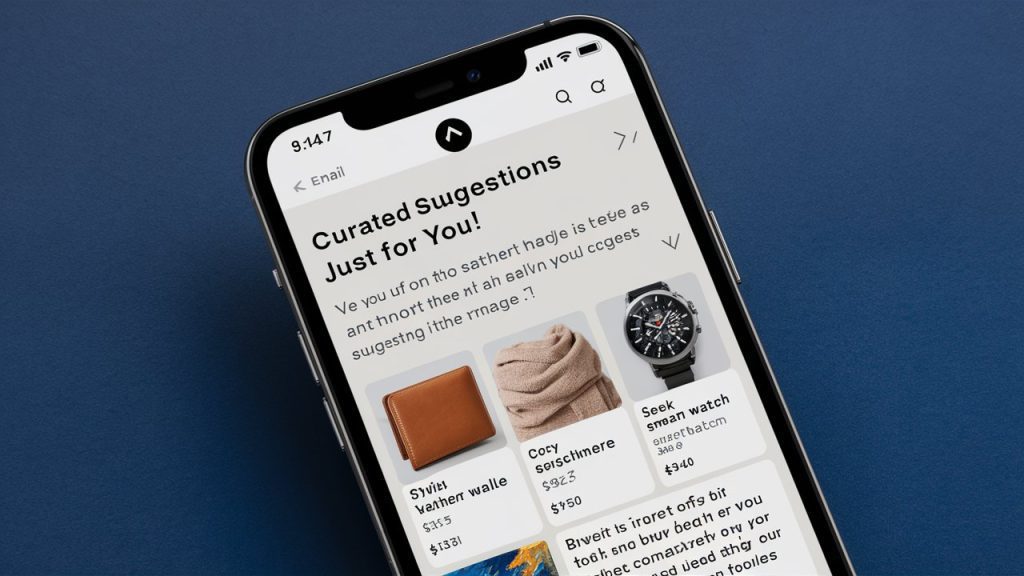In today’s fast-paced digital landscape, personalization in email marketing has become an essential strategy for connecting with customers on a deeper level. Generic, one-size-fits-all messages are no longer effective in capturing attention or driving engagement. Personalization involves tailoring email content to individual preferences, behaviors, and needs, creating a sense of relevance that resonates with recipients. As businesses compete for inbox visibility, the ability to deliver personalized experiences is crucial for building trust, fostering loyalty, and achieving marketing success. This article explores strategies to implement personalization in email marketing, helping you unlock its full potential. Explore more about our company on [our homepage].
Understanding the Importance of Personalization

Personalization is more than addressing recipients by their first name; it’s about delivering value through relevant and timely content. When emails cater to specific customer interests, they are more likely to be opened, read, and acted upon. Studies have shown that personalized emails can increase transaction rates by as much as six times compared to non-personalized messages. This demonstrates the power of personalization in enhancing customer experiences and driving revenue.
Beyond immediate gains, personalization contributes to long-term customer relationships. It shows customers that you understand their needs and preferences, building trust and fostering loyalty. In an era where customer attention spans are limited, personalized emails stand out by cutting through the noise and delivering meaningful communication.
Tactics for Personalization in Email Marketing

Implementing effective personalization starts with data collection. Gather information from customer interactions, surveys, and purchase history to build detailed profiles. Segment your audience based on demographics, behavior, and preferences to create tailored campaigns. Dynamic content tools allow you to customize elements such as subject lines, product recommendations, and offers, making emails more engaging.
Another effective tactic is behavior-triggered emails. These are automated messages sent in response to specific actions, such as abandoned carts or recent purchases. They demonstrate attentiveness and provide relevant follow-ups. Additionally, leveraging customer birthdays or anniversaries for special promotions can strengthen emotional connections and encourage repeat business.
Best Practices for Personalization in Email Marketing

To succeed with personalization in email marketing, it’s essential to strike a balance between relevance and privacy. Transparency about data usage builds trust and ensures compliance with privacy regulations like GDPR. Use clear opt-ins and provide users with control over their preferences to maintain ethical standards.
Testing and optimization are equally important. A/B testing allows you to identify what resonates best with your audience, whether it’s subject lines, imagery, or call-to-action buttons. Monitor campaign metrics such as open rates, click-through rates, and conversion rates to refine your approach continually. Remember, effective personalization is an ongoing process of learning and adapting to your audience’s evolving needs.
Examples of Successful Personalization in Email Marketing

Companies like Amazon and Spotify have mastered email personalization. Amazon uses purchase history to recommend products, ensuring that emails are tailored to individual interests. This approach has significantly boosted sales and customer satisfaction. Similarly, Spotify’s year-end Wrapped campaign provides users with personalized listening statistics, creating a shareable experience that drives engagement and brand loyalty.
Small businesses can also achieve impactful personalization. For example, a boutique clothing store can send style recommendations based on past purchases or notify customers when their favorite items are back in stock. These personalized touches make customers feel valued and increase the likelihood of repeat business.
Conclusion
Personalization in email marketing is no longer a luxury but a necessity for success in 2025 and beyond. By understanding its importance, implementing effective tactics, and adhering to best practices, businesses can create meaningful connections with their audience. Whether through dynamic content, behavior-triggered emails, or thoughtful gestures like birthday promotions, personalization has the power to transform customer relationships and drive long-term growth. Embrace these strategies to elevate your email marketing efforts and stay ahead in today’s competitive landscape. [Contact us] today and let’s discuss your project in detail.

